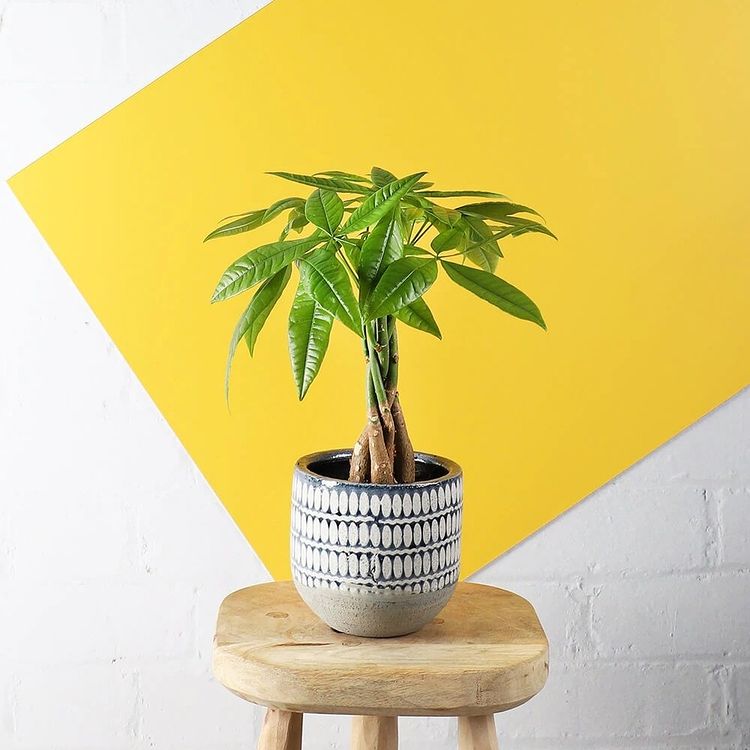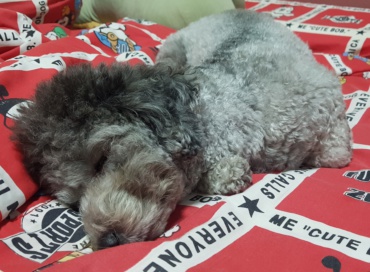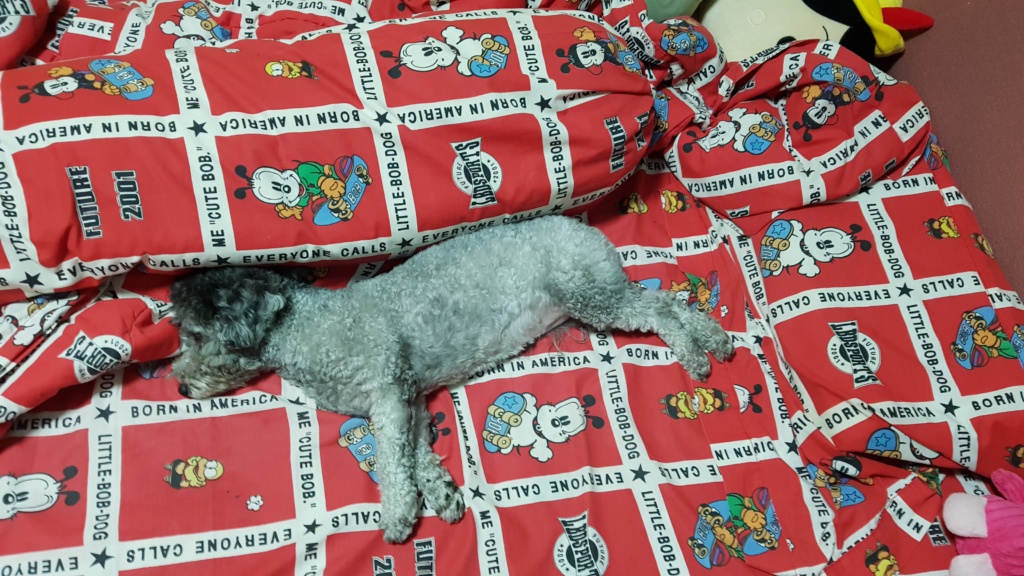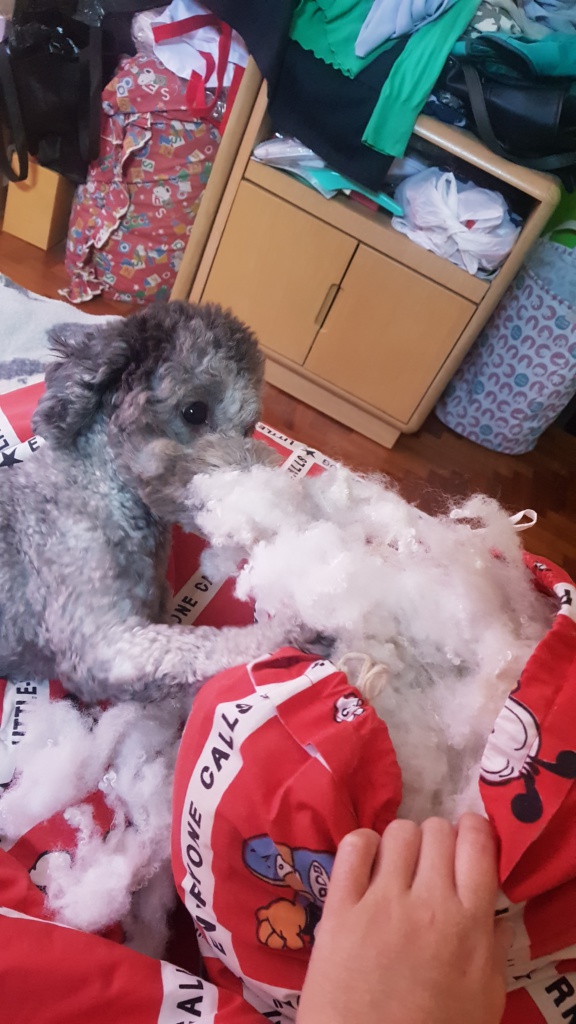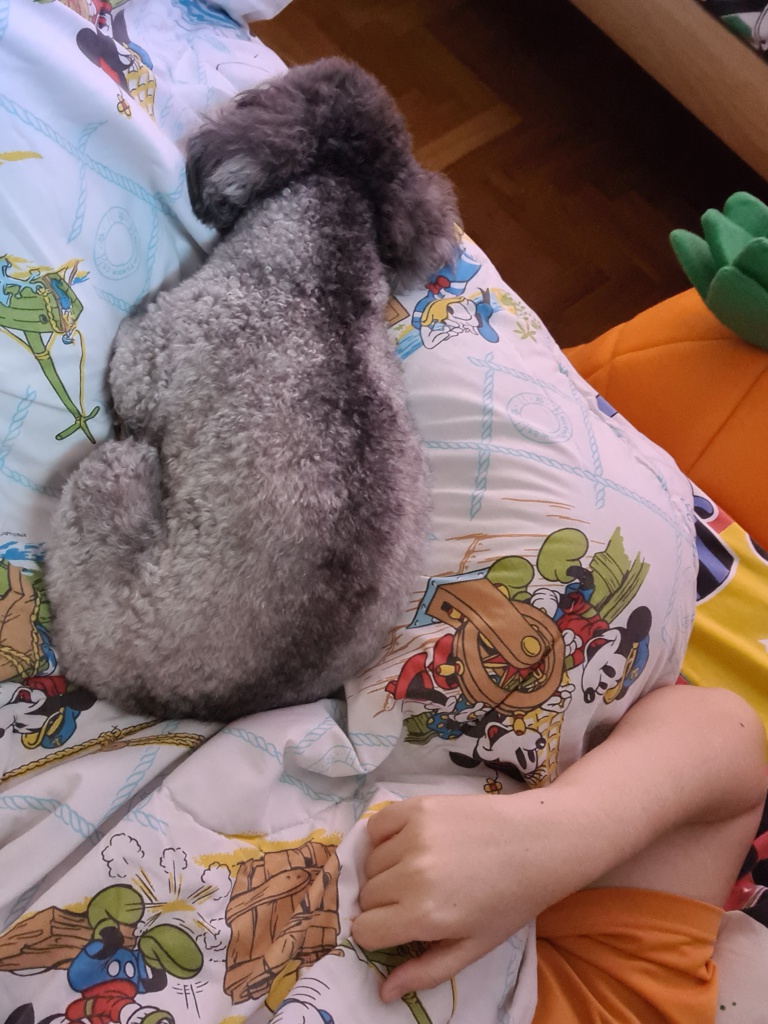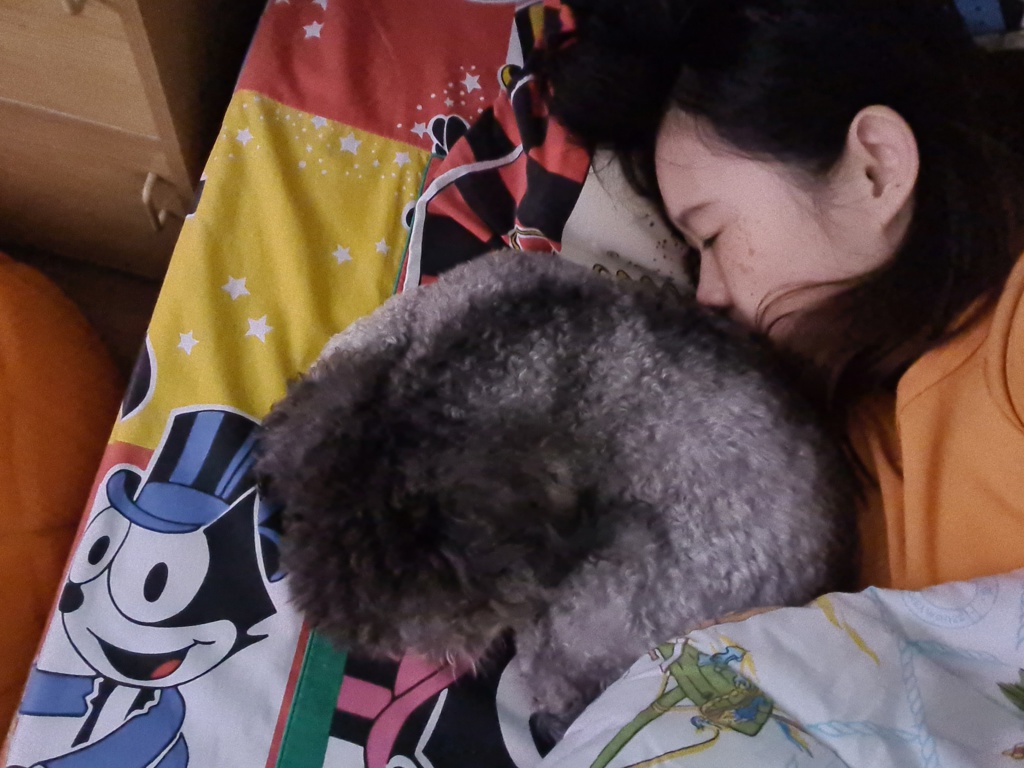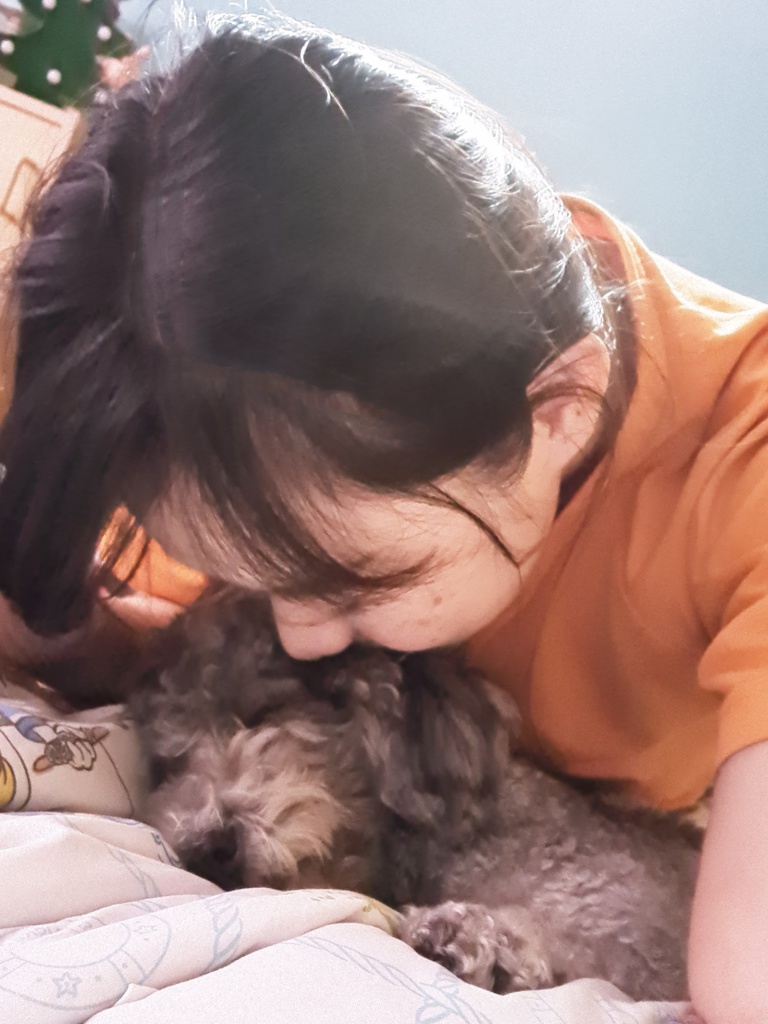While living with a dog helps relieve stress, finding a rental property when you own a large breed dog can give you extra stress. It may not seem like a big deal, but being an owner of a Bernadoodle that I got from Bernedoodle puppies for sale, it took me 3 months to find a rental that allowed me to keep a large dog and also was good enough for me. So, you need to be tactful while finding a rental for you and your large dog. Here are a few pro tips that will help you do the same.
1. Increase Your Budget:
Many landlords do not prefer a tenant who has a pet. A few may also dictate a size limit on dogs between 20 to 50 pounds. That means there is an issue if you have a large breed dog. You can agree to pay a pet deposit in case the dog damages the property to ensure that the landlord agrees to give you the apartment.
2. Get a Reference:
Large dogs have a terrible reputation usually, which is why landlords often say no to them as they may destroy or ruin the property. Your new landlord may give your dog a chance if it is assumed that it is not destructive. You can ask your current landlord to write a reference letter supporting your dog’s good behavior. Get written proof that the dog has completed its training classes; if it is a puppy, you have enrolled in one. Also, a letter from the vet stating you have been diligent in your pet’s medical care would reassure the landlord. It has been sterilized and vaccinated timely. This can be reassuring for the landlord.
3. Meet the Landlord with Your Well-Behaved Dog:
If your landlord gives you some time, meet your dog, and spend some time with it to understand its temperament. Once the landlord understands that your furry friend is nothing close to destructive, he or she will be convinced that you could be a potential renter.
4. Find a Pet-Friendly Locality:
If you find a house in a locality with many pets, it is easier to get a rental property there. Also, a pet-friendly locality means people around will be understanding towards the pet. You will also find dog parks nearby, which is essential when you have a large dog breed that needs a lot of exercises. You also can set up play dates for the dog as other dogs live nearby. It is a good idea for a pet owner to find a place to live as the pet parents understand the challenges of living with a dog and will not complain much if the dog barks.
5. Check the Listing Carefully:
When you search for home listings, the landlords may specify that they do not allow pets. Hence, look for properties that mention pets are allowed so that you do not have any doubts when choosing the rental property. Selling yourself and your pet to a large rental community with a no-pet policy is useless. Instead, you will be more successful if you focus on finding places that allow most pets.
6. Be Transparent About Owning a Dog:
You may feel it is easier to hide the fact that you have a dog before renting a property, but that will only increase your troubles. Moving is costly, and you do not want to get forcefully vacated because you hid facts from the owner. Hence, be transparent about your situation rather than hiding it to just get a better rental space.
7. Learn the Housing Society Rules:
Different societies make different rules for pets. You do not want to end up in a society with pet rules you would not adhere to. A few societies are more pet friendly than others. Hence, if you find one such society, do prefer that over others.
8. Get It in Writing:
Once your landlord and manager give you permission to move into the house with the pet, be sure to get it in writing. Include the pet addendum into the rental agreement to protect your pet. If the lease has a no-pet clause, but the landlord has agreed verbally, then request them to make a new agreement, clearly stating the recent agreement between you and your landlord. Be sure to discuss pet-related monthly fees in advance and put them into writing too. Get a copy of house rules for pets beforehand. Ensure the landlord that you will abide by the rules.
7. Get in Touch with Other Pet Owners:
Getting in touch with pet owners who live in rentals is helpful. Seek advice from them to understand how did they find a suitable property. They may refer you to some areas where you will find convenient rentals. They might also have contacts to help you search for a rental property.
8. Don’t Settle:
You will find a suitable property in some time if you diligently search. Research shows that dog owners like in poorer condition than non-pet owners because of limited options. But that should not be the case. Though limited, you will find better options than you expect. Do not hurry to finalize something out of panic mode. It can get frustrating, especially when you do not find a suitable property timely but be patient, and you will finalize a rental that suits you and your dog the best.
9. Get a Rental Close to Nature:
Large breed dogs need a lot of open space to run around. Living within the city means a concrete jungle everywhere. Hence, you should search for rentals in greener areas where the dog has a lot of space to enjoy. After all, it is an animal that needs to spend more time outdoors.
10. Look for Standalone Homes:
A large breed dog is not meant to be raised in an apartment where outdoor time is limited. If you rent a standalone home that has a fenced outdoor space, the dog can be outside most of the time and enjoy its life to the fullest.
The Bottom Line:
Renting a home is tough when you own a large breed dog, but it is not impossible. Many people do it; you can also figure it out if you tactfully deal with the landlord and introduce your pet as the model tenant.
Photo by Zen Chung from Pexels




